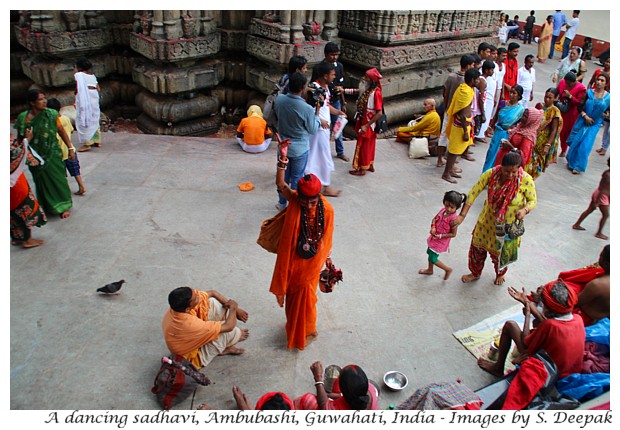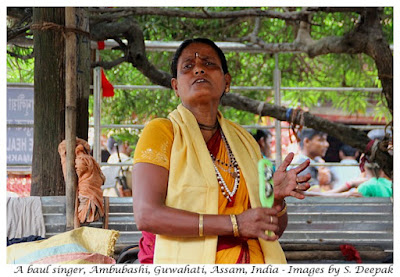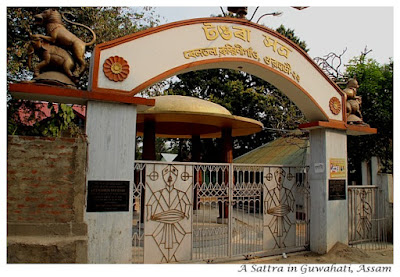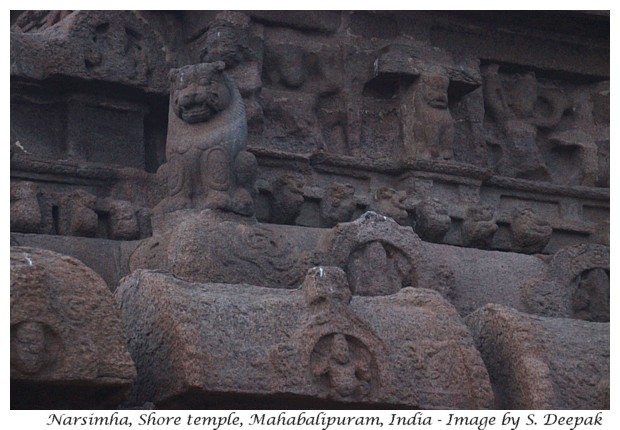Promoting Religious Reforms
For centuries, social costumes often sanctioned by religious norms had determined the acceptable behaviours in society. The adoption of the Universal Declaration on Human Rights by the United Nations in 1948, gave a new way to measure our social costoms. In many countries, the increasing understanding of human rights violations led to adoption of new laws that undermined the control of the religious authorities on the societies.(a) When there is a risk to the physical integrity or the life of persons: For example, the old Indian practice of Sati in which widows were forced to be cremated along with their dead husbands, would be seen as one such situation. In fact, the practice was made a criminal offence in 1829 under the British colonial rule.
Today, the female genital mutilation practiced in some parts of the world and among the Bohra community in India, would be another example of a religiously sanctioned practice that must be stopped because it damages of physical integrity of girls and women.
On the other hand, there is considerable debate about the practice of male circumcision, compulsory among Muslim and Jewish communities according to the religious-social norms. Many persons believe that even this is a violation of human rights of children and should be stopped.
(b) When there is a systematic discrimination or violation of human rights: Discrimination against some group of persons based on their gender or other characteristics such as caste, sexual orientation, religious or ethnic affiliation are examples of systematic violation of human rights and need to be challenged though appropriate laws and court judgements.
Some examples of such discriminations come from countries where orthodox religious groups are the majority and control the decision-making. For example, in different Islamic countries, women, homosexuals and persons belonging to other religions face discriminations. In countries like Uganda, dominance of some orthodox evangelical groups has resulted in laws that foresee jails or even death penalty for homosexuals.
Sabarimala Temple
I am personally not very conversant with the Hindu deities in south India, so I am not familiar with the myths of lord Ayappa to whom Sabarimala temple is dedicated. From what I have read, it seems that there are many Ayappa temples and only the temple in Sabarimala prohibits the entry of women in the fertile age group because here Ayappa is seen as a Brahamchari (celibate).Thus, I don’t see the Ayappa cult as a systematic exclusion of women, it is only in Sabarimala and is justified by a specific myth. I am not a follower of Ayappa but if his followers see him as a celibate god, it is not up to me or to anyone else to judge their faith.
Hinduism is full of diverse ways of interpreting and practising the religion, all of which are considered equally valid. They vary from belief in nature worship to a universal formless infinite consciousness (Parmatma) to faith in some or all of millions of gods and goddesses. There is no common sacred book or a supreme authority who can judge and say if one way of Hinduism is better than another. Many fundamentalist Hindu groups see this a weakness, and they want to impose a restricted view of Hinduism, deciding which gods to pray to and how to pray.
Reforming Hinduism in India
The social transformation needed in India, for example for removing caste-based discriminations and promoting equality of women, require decades of patient work in the communities, helping our traditional and religious leaders to change. In comparison, advocacy campaigns and organising protests in the cities for changing the laws is much easier, while making those laws work for everyone is a long and hard struggle. Campaigns and protests also provide more opportunities for image-building and creating star activists, while working in communities to change them is ignored by most and can even be life-threatening.
Reforming other religions in India
For years, Afro-American feminists have lamented the difficulty of talking about the violence faced by Afro-American women because the progressives and activists are afraid that these debates will be hijacked by white supremacists and right-wing fundamentalists to reinforce negative stereotypes about Afro-American men. In the same way, LGBT Muslims in Europe get very little support from the liberals and activists, who do not wish to strengthen the Islamophobia.
It may be because of similar reasons that gender-based inequalities among the minority religions in India do not get much attention from activists and mainstream media. For example, I have read some progressives writing against the Modi government’s attempts to ban the practice of “triple talaq” among Muslims because they see it as minority-bashing by a nationalist government, though it violates women's rights. In the same way, the story of the Catholic nun who had charged the bishop of Patiala with repeated rapes has received limited attention from the mainstream media and activists in India while a report detailing the widespread sexual abuse of nuns has been written by Tim Sullivan, a foreign correspondent for the Associated Press.
Fortunately, blogs and social media are giving new opportunities for persons from different communities to raise their voices and be heard, even if "official" activists and mainstream medias do not wish to talk about their issues for ideological or political reasons.






































